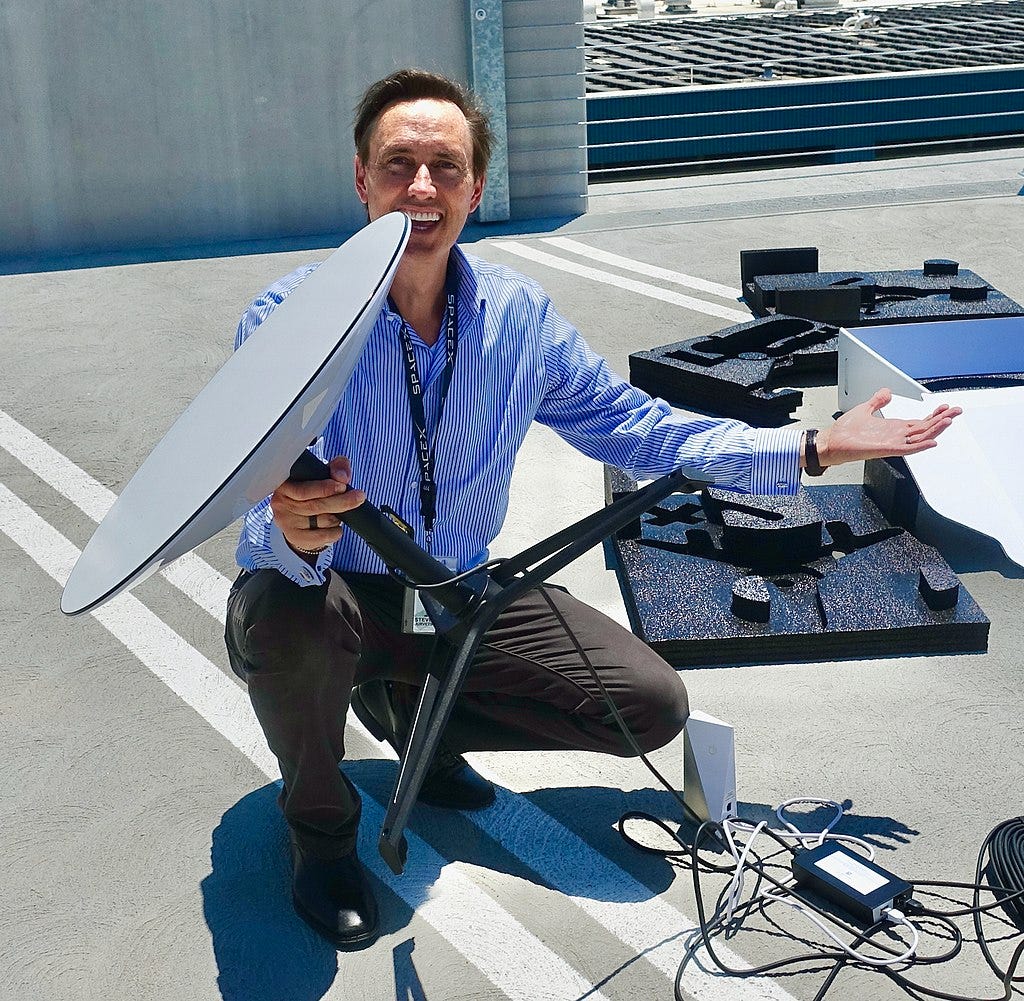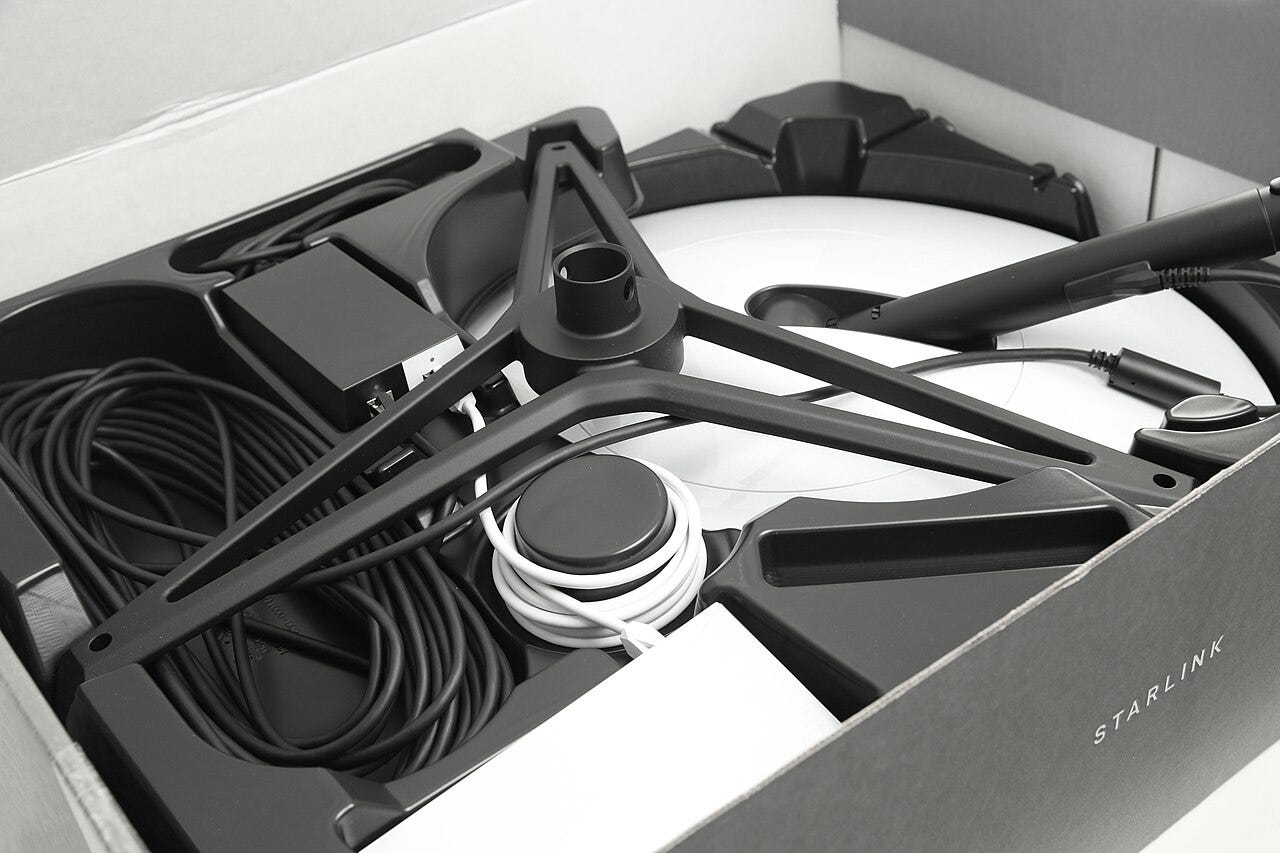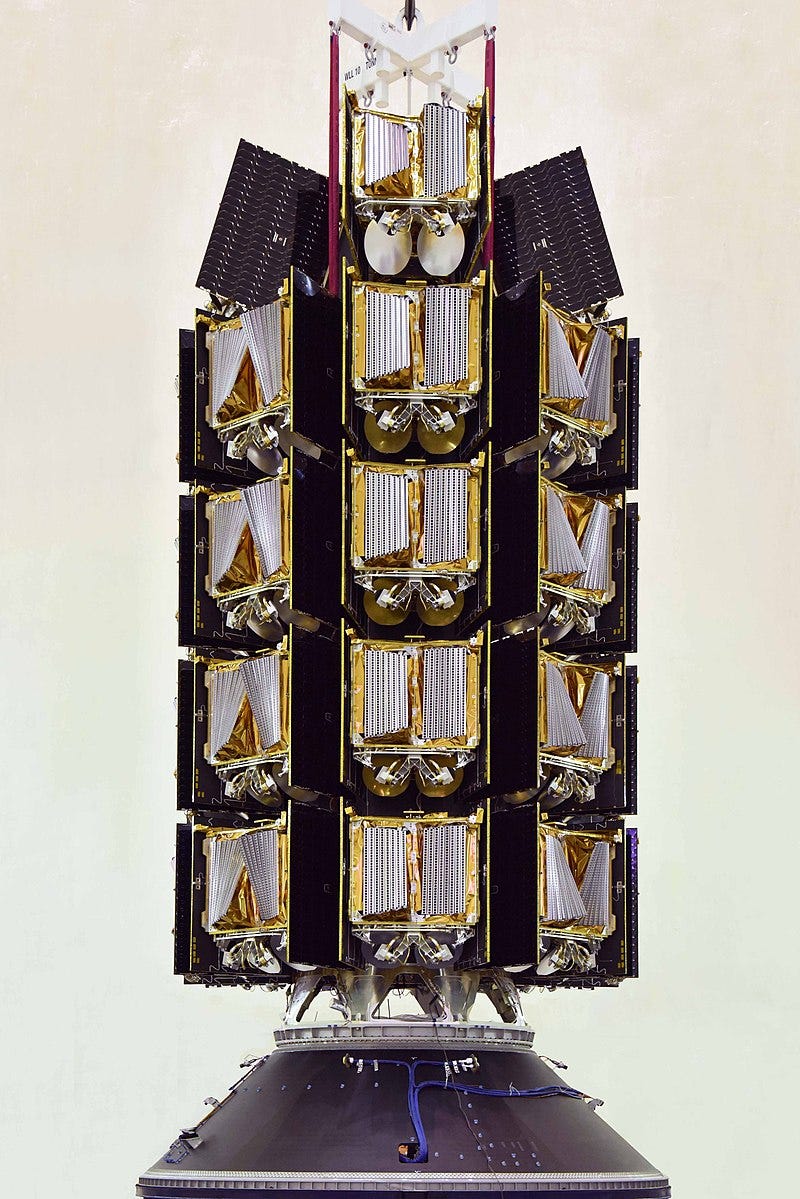Want FREE space and rocket-themed wallpapers for your phone? Check here.
Imagine this: thousands of tiny satellites flying in low Earth orbit, working together to bring the internet to the most remote corners of the planet—even that tent in the Himalayas or a boat in the middle of the Atlantic.
That’s what satellite internet constellations do. And right now, the space race isn’t about who reaches the Moon—it’s about who can beam Wi-Fi from the sky faster, better, and cheaper.
Let’s break it all down.
🌐 What’s a Satellite Internet Constellation?
A satellite internet constellation is a network of satellites—usually in Low Earth Orbit (LEO), about 500–1,200 km above Earth. These satellites talk to ground stations and, in some cases, to each other using laser links. Together, they form a giant mesh in the sky that can send data to and from anywhere on Earth.
🚀 Key Features of a Typical Constellation:
LEO-based: Lower orbits mean lower latency (faster response time).
Hundreds to thousands of satellites: Coverage is continuous.
Phased array user terminals: Flat dish antennas that auto-track satellites.
Backhaul to fiber: Ground stations connect the satellite network to the global internet.
Now, let’s meet the big three players.
🌟 1. Starlink – The Giant by SpaceX
If satellite internet was a video game, Starlink is already playing in God mode.
Status: Fully operational
Satellites launched: 7,000+ (and counting!)
Coverage: Global (except in a few polar zones)
User base: Over 5 million users worldwide
Terminal cost: Around $599 for hardware, $120/month service
Speed: Up to 100–250 Mbps in many regions
Latency: 20–40 ms (great for video calls and gaming)
🔥 What Makes Starlink Unique?
Laser Inter-Satellite Links (ISLs): Some Starlinks can talk to each other without needing a ground station. This is key for remote areas and military-grade comms.
Frequent launches: Thanks to Falcon 9, SpaceX adds 20–30 satellites every week.
Direct-to-Cell plans: Soon, your regular phone might connect directly to a Starlink satellite—no dish needed.
⚠️ Limitations:
Expensive gear for some users
Still not ideal for dense cities with many obstructions
Debris concerns: Thousands of satellites = more objects in LEO
🛰️ 2. OneWeb – The Quiet Competitor
Owned by Eutelsat and backed by the UK government, OneWeb doesn’t sell directly to consumers. Instead, it powers ISPs, airlines, ships, and enterprises.
Status: Operational
Satellites launched: ~630
Coverage: Global, complete since 2023
Service: B2B only
Speed: Up to 195 Mbps per user terminal
Latency: 70–100 ms (slightly higher than Starlink)
🌍 Unique Features:
Polar focus: OneWeb specifically targets remote and polar regions where laying fiber is impossible.
Lower number of satellites: About 600 vs. Starlink’s thousands, thanks to larger coverage per satellite.
No laser links yet: Needs ground stations for data routing.
⚠️ Limitations:
Not available to regular users directly
Higher latency than Starlink
Smaller capacity for handling massive user loads
📦 3. Project Kuiper – Amazon’s Satellite Dream
Jeff Bezos doesn’t want to be left behind. Project Kuiper is Amazon’s entry into the race, with thousands of satellites planned and launch contracts with Blue Origin, ULA, and others.
Status: In testing (2 prototypes launched in 2023)
Planned satellites: 3,236
Full deployment goal: 2026
User terminal cost: Targeting sub-$500 devices
Speed promise: Up to 400 Mbps in early tests
📡 What’s Special About Kuiper?
Mass production at scale: Amazon is building terminals like they build Echo speakers—cheap and in bulk.
Tight AWS integration: The constellation will plug right into Amazon’s cloud network.
Varied antenna sizes: From palm-sized to pizza-box-sized, depending on the user’s need.
⚠️ Challenges Ahead:
Hasn’t launched full-scale service yet
No operational network as of 2025
Late start compared to Starlink and OneWeb
💰 Cost, Pros, and Cons of Satellite Internet
✅ Advantages
Works in rural and remote areas
Independent of local telecom infrastructure
Resilient during disasters and outages
Mobility: works on planes, ships, and RVs
❌ Limitations
Weather interference (rain fade)
Higher latency than fiber (though better than GEO satellites)
Requires open sky for best performance
Expensive hardware in some cases
Satellite collisions and space debris risk
🛰️ Final Thoughts: A Sky Full of Data
Satellite internet constellations are changing how we connect to the web—especially in places where laying fiber is too costly or impossible. While Starlink leads the pack, OneWeb is quietly enabling enterprise networks, and Kuiper is gearing up to enter the arena with Amazon’s massive resources behind it.
The tech is fast, futuristic, and still evolving. But one thing’s for sure: the next time you're online from a desert, a boat, or a remote village—you might just be surfing on a signal sent from space.






Chatgpt wrote this whole article.. I can tell by it's fingerprints 😂 but very informative nonetheless!